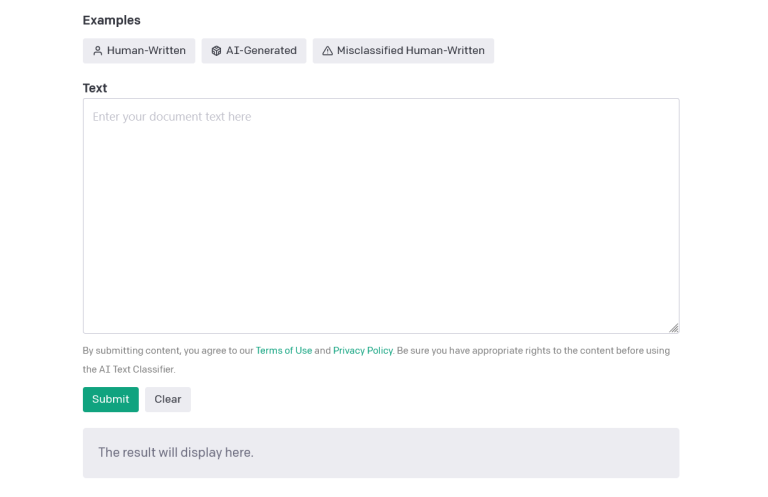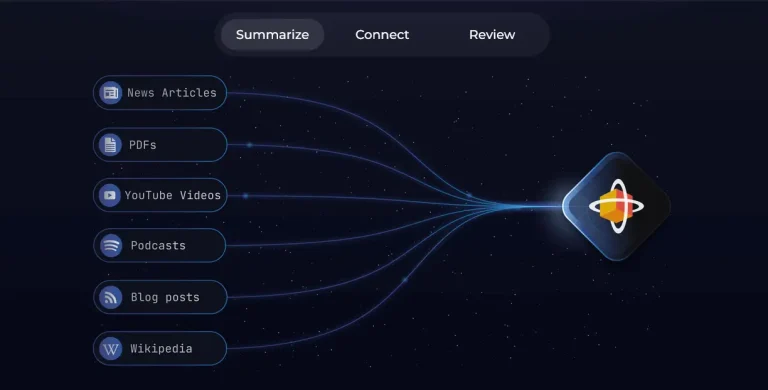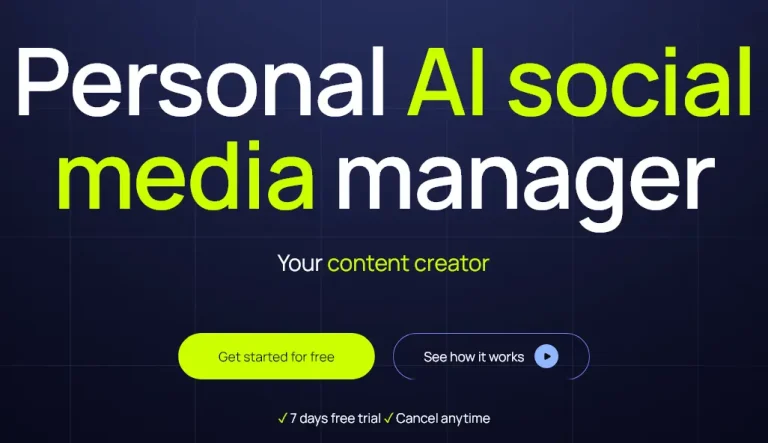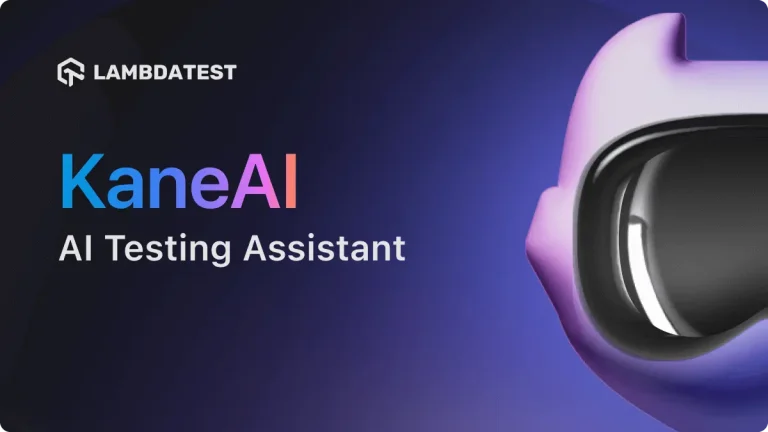AI Text Classifier is a free AI content detector by OpenAI, the creators behind ChatGPT and other GPT models.
Key Features:
- Automated Categorization: Automatically sorts text into predefined categories based on its content or meaning.
- Machine Learning Algorithms: Uses various techniques like natural language processing (NLP) and statistical analysis to learn patterns and make accurate classifications.
- Customizable Models: Can be trained on specific datasets to tailor classification to unique needs and domains.
- Confidence Scores: Assigns scores indicating the certainty of each classification, aiding in decision-making.
- Continuous Improvement: Learns from new data over time, potentially enhancing accuracy and adapting to evolving language patterns.
Potential Uses:
- Email Filtering: Sorts incoming emails into categories like spam, promotions, social, and work-related.
- Sentiment Analysis: Identifies the emotional tone of text (positive, negative, neutral) in customer reviews, social media posts, and surveys.
- Topic Extraction: Detects key themes and topics within large text corpora for research, content analysis, and knowledge management.
- Customer Support Ticket Routing: Directs customer inquiries to appropriate teams or agents based on content.
- Content Moderation: Detects offensive, harmful, or inappropriate content in online forums, social media, and review platforms.
- Fraud Detection: Identifies fraudulent emails, text messages, or financial documents based on language patterns.
- Medical Diagnosis Assistance: Analyzes clinical notes for potential diagnoses or disease patterns.
Benefits:
- Increased Efficiency: Automates labor-intensive tasks, saving time and resources.
- Improved Accuracy: Can often outperform humans in classifying large volumes of text quickly and consistently.
- Scalability: Handles vast amounts of data efficiently, ideal for big data applications.
- Uncovers Hidden Insights: Reveals patterns and trends that might be overlooked by manual analysis.
- Personalization: Can be customized to specific needs and domains, enhancing relevance.
Potential Drawbacks:
- Bias: Models can inherit biases from training data, leading to unfair or discriminatory outcomes.
- Transparency: Limited visibility into decision-making processes, making it challenging to explain or challenge results.
- Overreliance: Overdependence on AI can lead to complacency and reduced human oversight.
- Data Quality: Relies on high-quality, unbiased training data for accurate results.
- Interpretability: Understanding why a model makes certain classifications can be difficult, hindering trust and adoption.








